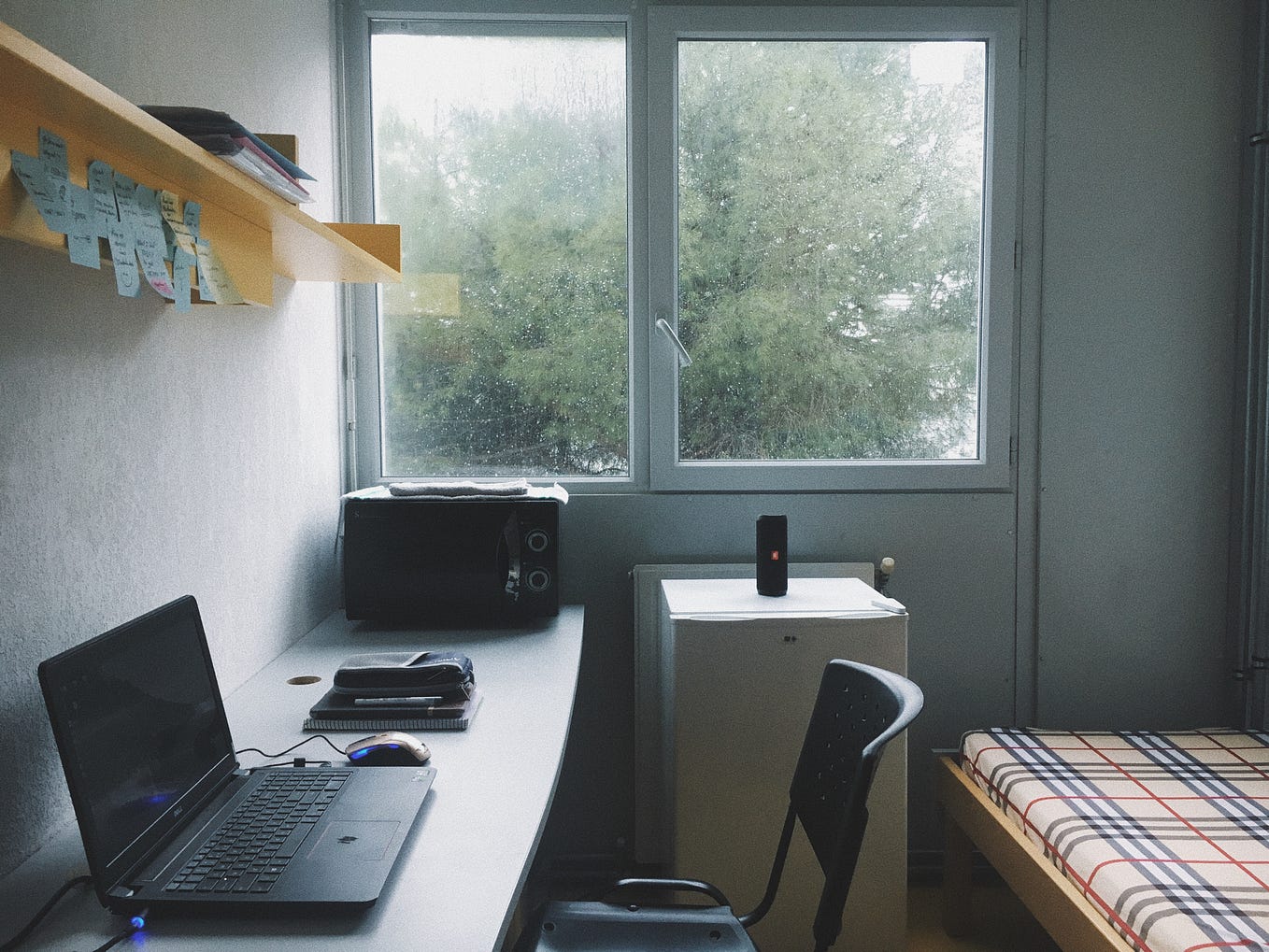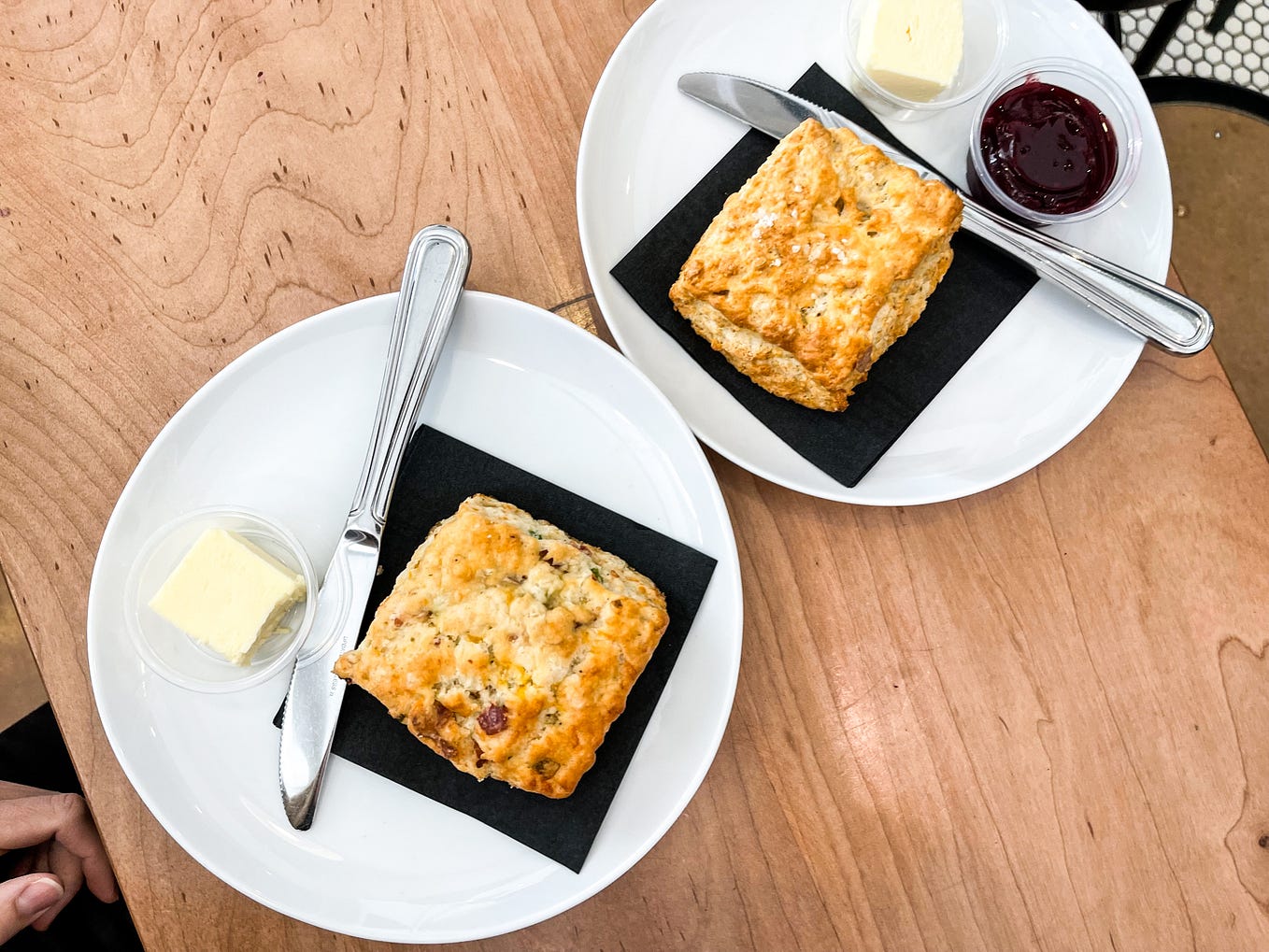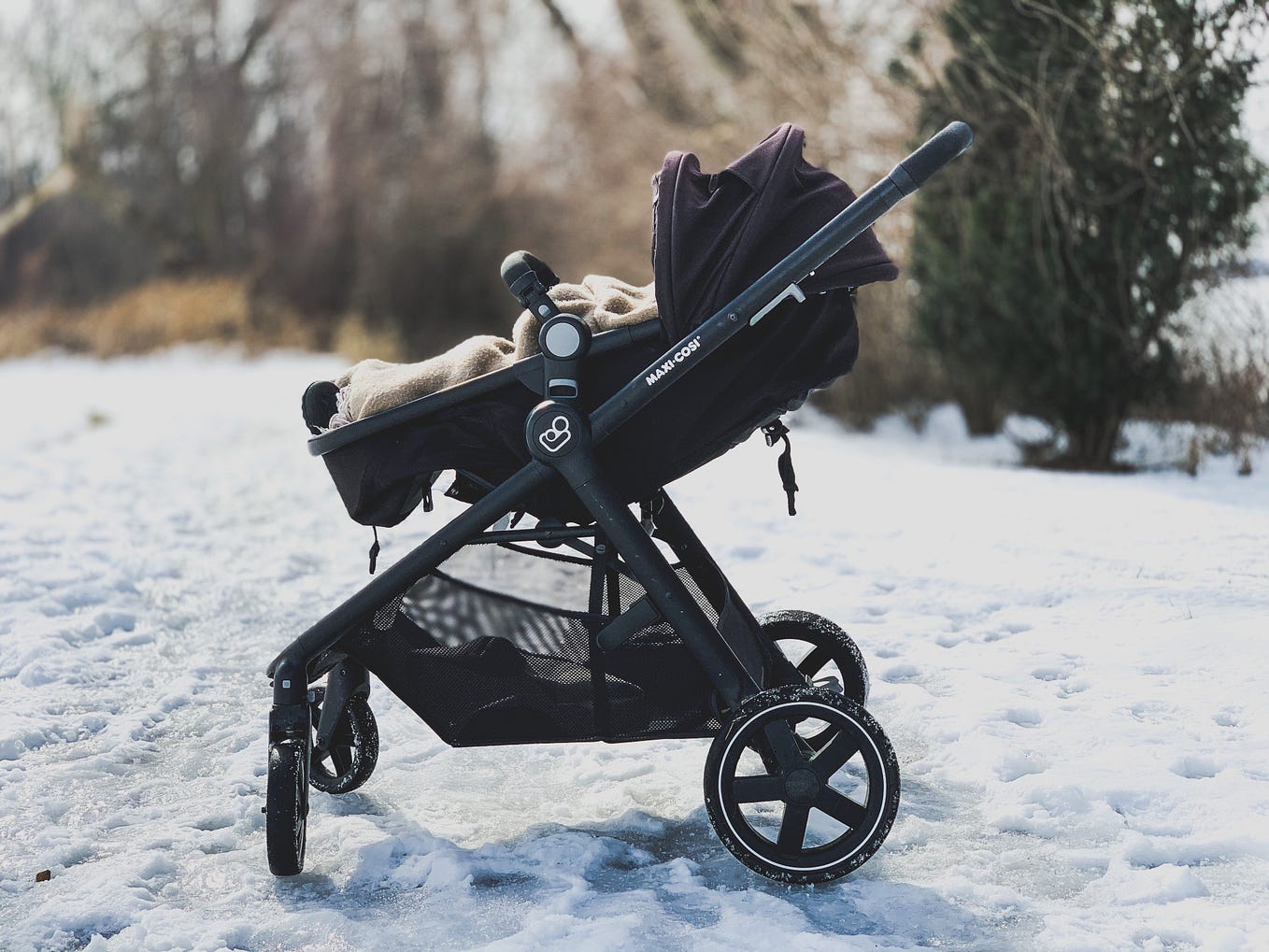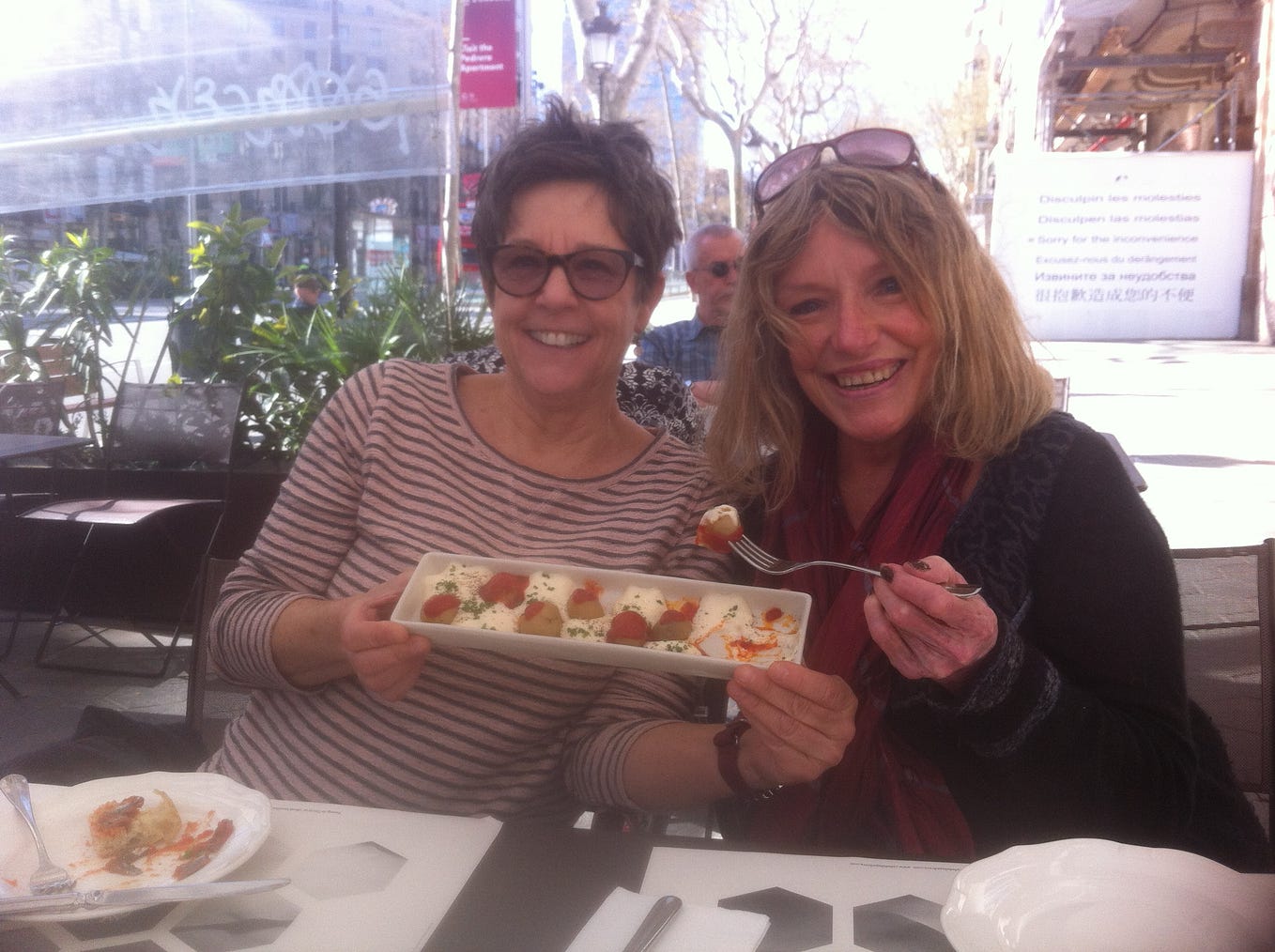How Clothing in Scandinavia Became a Cultural Statement, and What We Can Learn From It
A style capitalized, sustainably
If I were to use one word to describe Scandinavian design when it comes to clothing, shoes and accessories, it would be functionality.
Globally, Scandinavian design has received recognition for its minimalist-inspired approach. The classic cliche “less is more” supports the essence of Scandinavian design and fashion.
But more than minimalist elegance comes function.
Perhaps not very surprising, but it sticks deeper than style and outer appearance in Scandinavia. It’s minimalism for the sake of fashion, but more so history, sustainability, and respect for the harsh climate.
When a shirt age well
Like a fine wine, clothing that ages well is desirable in Scandinavia.
Can you imagine seeing a sign promoting clothes that gets better with time at J. Crew or Gap? I can’t. According to Earth.org, the average consumer in the United States throws away 81.5 pounds of clothes.
Not in their lifetime. Each year.
I’m sure there are many reasons for this, fast fashion being one. Lack of quality being one. Polyester being one.
In Scandinavia, customers will often look for wool-based clothing and garments. I was gifted a wool dress five years ago, right before we moved overseas. I like the look and the feel of the dress more now than I did when I first got it. These pieces of clothing tend to improve with time. As you wear it in over time, it creates a natural look you will often find in the Nordic fashion scene.
It’s not flashy but neutral and comfortable.
Boring for some, perhaps.
My grandmother has been knitting for as long as I remember. The gloves, socks and sweaters I’ve received from her over the years mean so much more to me than any name-brand shirt.
Sweater weather
It’s always sweater weather in Scandinavia.
On any night out, odds are you’ll bring a sweater, preferably an oversized one, to complement your dress, shorts, or pants, even if it’s July.
So of course, Scandinavians will be all about comfort and coziness when it comes to something they’ll wear year-round. Oversized wool knits have always been my favorite piece of garment and it’s not just because it’s comfortable and looks nice.
It’s needed in the Nordic climate and it keeps people warm. Something that should always be prioritized over fashion.
The (lack of) accessories
I remember one of my friends telling me when I was new-ish to the teenage years, insecure and all: “Never wear more than two accessories at once. Three at most, if you have to.”
I don’t know why, but it made sense to me so I stuck with it.
Rather than a ton of bling, find a watch or a necklace you love. I have owned three watches in my lifetime. Two of them are from Scandinavia and still work, and one of them is from the United States. That one doesn’t work anymore. It’s fine.
As for the two I have left, I do not plan on changing them out anytime soon. They’re classic and timeless and if they ever break, odds are I’ll reorder the exact same again because I love the style.
Accessories are not driven by trends. Instead, they are simple and classic. It’s the kind of necklace, watch, or sunglasses that works for every occasion. If it’s a popular name brand, cool, but Scandinavians would rather disguise the logo if it screams brand.
When fashion is timeless
I am a sucker for Scandinavian fashion, but it’s no secret it’s expensive and aside from the more mainstream H&M, it’s often the kind of clothes you save up for, are selective about, and definitely don’t buy on a spontaneous trip to the mall.
Scandinavia Standard talks about how the price point of Scandinavian design can be high, and the reasons for that are many. Longevity, quality of material, timeless design, and expert craftsmanship, to name a few.
The timeless aspect and craftsmanship are what I fall for.
It means not having to go shopping for a while because what you do have will work next year, too. It means it will last for a long, long time. For Christmas last year, my mom sent me a plain black wool sweater. I know that I will use it literally until it falls apart, and it will take years of wear and tear for that to happen. It means I will not contribute to throwing away too many pounds of clothing, adding too many textiles to the landfill.
According to Barbara I. Gongini, most Scandinavian clothing breaks that typical confinements of classic form-fitting shapes. Fashion designers experiment with volumes giving way to soft ovoid silhouettes while playing with strong geometric cuts as a tribute to minimalism.
If there’s something that goes hand in hand with minimalism, it’s all things timeless. Add a hint of coziness and you’ve got it all.
What we can learn
So how does this become a cultural statement? Also, what can we learn from it, if anything?
It’s about respecting nature; using its recourses and going against fast fashion trends. Slow, just like less, is better in this corner of the world, and the clothing supports that.
As with happiness rankings, Nordic countries top sustainability rankings.
Sustainability, as pointed out in Active Sustainability, is concerned with accepting that nature and the environment are not inexhaustible resources and that it is necessary to protect them and use them rationally. For instance, second-hand apps and shops are huge in Norway, where I’m from. So much so that the government considered taxing the clothes a second time, from their new owners. That didn’t go through, though.
It doesn’t take an expert to know that ever-growing landfills with half-worn clothes aren’t sustainable. Whatever is thrown out after a season can’t very comfortable to wear, either. People don’t get rid of their favorite clothes unless it’s torn. But fast fashion retailers will continue to put markdowns on clothes so they can fit the next shipment of the newest items in their shops, because that’s what is profitable in a capitalist, market economy.
In contrast, not only in Scandinavia but throughout the Nordic countries, sustainability is part of the culture. It’s not just something government officials talk about to stay relevant or to be politically correct. It’s supported by individuals and local businesses. And that’s when things work just right.









